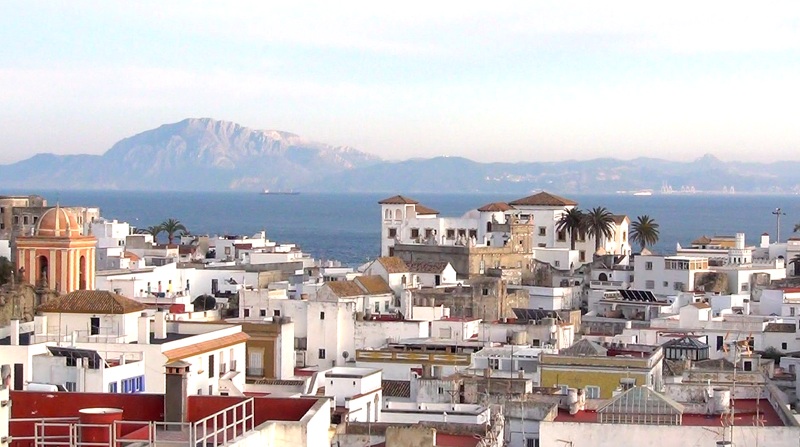Tarifa is the southernmost city in southern Europe and its foundation as a city dates back to Roman times in the 1st century AD.
Since ancient times it comes that the location had to be extraordinary to live and to be, since there are numerous archaeological sites from prehistory that prove settlements.
The Phoenicians, Greeks and Carthaginians also yielded to the charm of this land, leaving scattered evidence of their passage, but it was the Romans who favored it with the importance it deserves: Julia Traducta – it is believed that the current Tarifa-, Mellaria – its location a mystery but there is certainty of its existence – and Baelo Claudia – on the beaches of Bolonia and also belonging to the municipal area-.
It is believed by most historians that its name is due to Tarif Ibn Malluk, a Berber chief who accompanied Tarik ben Zeyad, an Arab leader who defeated Don Rodrigo in the battle of La Janda (711) and the beginning of Muslim domination for centuries. that would leave a good part of the configuration and style that the city currently shows.
Conquered by Christians from Muslims in 1292 by Sancho IV of Castile, called the Bravo.
After the Christian conquest, it became a frontier with the kingdom of Granada, a stronghold in the defense against the Barbary pirates and, since the 18th century, as a military enclave against the English possession of Gibraltar.
Today Tarifa is an exponent of tolerance, cultural mix and a unique space due to the degree of conservation to which it is subjected, both in archaeological and historical sites and because of its borders with Natural Parks.
The story of Tarifa
